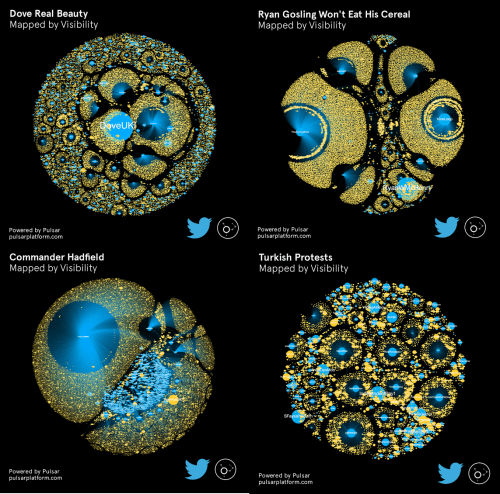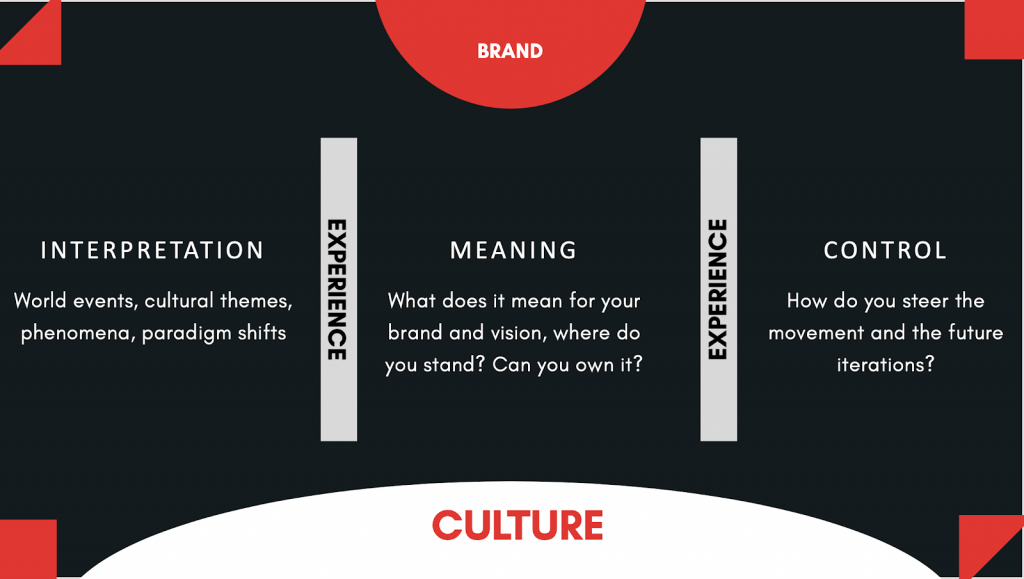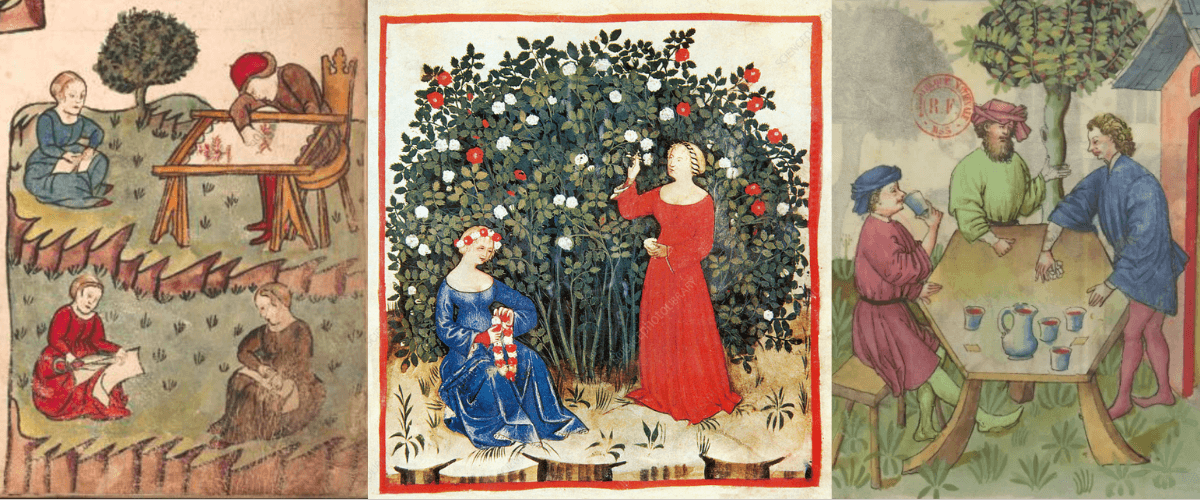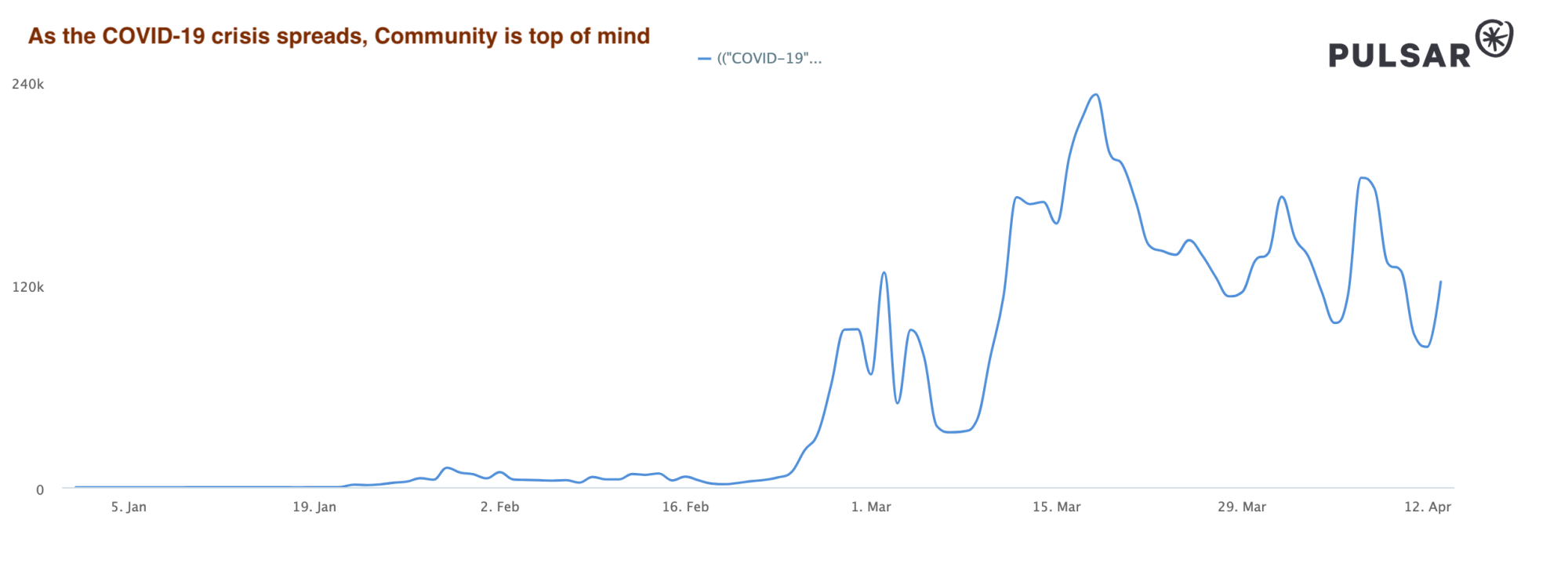Communities and Solidarity in #newnormal times
The spread of COVID-19 has had an unprecedented impact on how we live, work, interact and show solidarity towards a common goal: to overcome this time of crisis not just as individuals but as one. To understand the dynamics of the #newnormal, it’s worth going back to how and why communities form, and what that looks like in the current global landscape.
Community, as a noun, dates back to the 14th century, deriving from common/commune - initially a simple reference to a “number of people associated together by the fact of residence in the same locality.”
Community in the Middle Ages. From Tacuinum Sanitatis, a medieval health and wellness handbook
But, in Latin, communitatem was used more in reference to the quality of connections: “fellowship, community of relations or feelings”. Later on, the English word evolved into a noun to describe "common possession or enjoyment" and “sense of a society or association of persons having common interests or occupations". This meaning held strong long into the digital era. Today, regardless of where communities congregate, the impulse remains the same.
The human condition
Why do we want to be in communities or groups? It’s useful to start with the “parts” before we look at the “sum”. Every human being is born into a unit, and the unit or the group is essential to our interpretation of both reality and who we are as individuals, our sense of Self.
The groups we belong to, starting with our family/friend units, help us to define the boundaries of what we know. As social animals, humans don’t like not knowing. Without wishing to appear macabre, death stands as the ultimate unknown, but numerous other pressure points reside on the spectrum. Such as risk, for instance. It is almost always a loss of something: loss of our sense of self, identity, safety, standards etc. So we thrive when we are within what we know.
But what about belonging to online communities within the vast digital landscape? Social media is the norm for modern human connections and our Self/world constructs in niches and silos. While safety and selective use have become mainstream concerns, individuals still use the various platforms to find their voice, as a forum for inspiration or else to interact with like-minded people and brands. Generally speaking, risk is guised in interactional/transactional ways in the digital world, and we are more or less “in control” of them (or at least feel like it) by choosing not to buy, not to share, not to take part and so on.

How content spreads among different communities.
From the 2016 research "How Stuff Spreads"
Online community participation contains a myriad of perspectives and needs and, up until now, we have largely experienced interest-driven and leisure-led online community formations.
Brands, of course, try to tune into this and researchers’ job is to analyze, interpret and foresee the evolution for them to either provide a nest or direction for communities to expand. It has undeniably worked so far, largely because the industry self-innovates with every piece of new technology that hits the consumer realm. So the unknown aspects on digital and social platforms have primarily been an opportunity, rather than risk, for consumers and brands. Most became experts in making the opportunity a reality and communicated or utilized them as such. But what happens when the unknown and risk is offline, global and collective? What happens online?
Shifting agendas: Human > Brand
The unknowns and risks we face offline in times of crisis, such as the Corona pandemic, shake us up to our core with their fusion of uncertainty and no-control. The unprecedented (and completely alien) risks to our health and wellbeing - including the loss of loved ones - have shown new dimensions to our online communities.
The way we care about both ourselves and the world is changing, and so too is the way we express this online. Consumers’ peer-to-peer and brand interactions have relied on self-enhancement and associations through image, products and trends in the past. But we have stepped into a different era now. Self identity is stripped to its roots and, with it, human needs. The me vs them differentiation is getting weaker because of the globally shared agenda and intent to overcome the virus.
Mentions of COVID/CoronaVirus and Community in the same context on Twitter have increased by more than 200% over the last month.
Covid-19 Mutual Aid is a great example in the UK of how communities got mobilized through social media and dark social e.g. messaging apps. The groups spread like wildfire, completely volunteer-led, to deliver groceries, medication and basic needs to the less abled or quarantined. Doctors and scientists are making use of YouTube, Facebook and Twitter to beat disinformation and equip communities with the correct information needed to coordinate a speedy response. We’re seeing mental and physical well-being programmes broadcast on streaming services, fees discounted or swiped entirely, while average Joes and Janes publish videos that release the pressure on parents to be round-the-clock carers and teachers. It’s all hands on deck, a call-to-arms that no one in the digital-savvy generations has ever faced before.
Marshall McLuhan’s famous “The medium is the message” quote from the '60s never became inapplicable to media and technology until now. Never before has our collective will risen above the different mediums to trumpet a single, unifying message. The modern, social media-saturated world has not seen solidarity of this ilk before. It’s the very human impulse for connection and cohesion - and ultimately survival. The medium is secondary, but nonetheless very important in mobilizing that intent for solidarity. It’s people first and. this time, the human is the message.
Community + Culture = Common good
So, as long as the global citizens’ agenda is fundamentally existential over the corona pandemic, can we still apply what we know about humans, consumers and communities to what’s happening on social media and other digital communication forms? Or are we witnessing a paradigm shift which tunes down the individual/Self towards collective selflessness? Isn’t that ultimately at odds with consumers? It doesn’t have to be.
A few weeks ago, I gave a presentation at a private gathering with RetailWeek, and I talked about communities, tribes and how brands can craft a “cult status” to stand out. Most of the psychological anecdotes from that presentation are relevant and mentioned in this article but, as I look back to the brand community/cult status slides, three things still ring especially true for how brands can make their mark, with selfless intent, during times of crisis.
The message is to the people, not to consumers:
- You’re different (we’re different)
- We’re in this together (for the shared experience)
- We (and you guys) look after each other in this journey
So we are witnessing the community phenomenon going back to its etymological roots. It’s no longer a luxury, nice-to-have or pastime online or offline, but rather a drive for meaning and purpose. An essential need for our existence and reassuring communication/connection to give us the sense of control and knowing again. Brands can very much tap into this through their communications and experiences in order to be a part of the changing times. The very basic human instinct to survive and protect the group is what’s going to overcome all fears, physical limitations and agendas.

This cultural shift around the crisis is a movement in its own right, but brands can carve their own niche amongst all of this. Not just for profit, of course, but for sustainable and purposeful interaction with consumers. Cults in general have three important ingredients offered to the members: Interpretation, Meaning and Control/Steer. Brands need to interpret this human shift we are experiencing through their own lenses and offer their stance, to call for participation. In this, they should provide meaning (e.g. their vision and mission), take ownership of what it means for their consumers, and outline how they will help shape the future of things to come by doing “their part”.
And finally, how do they enhance that sense of control we all miss? How will they steer “their part” of the shift, and keep contributing to the collective, selfless movement of positive action that goes into mass healing? It all may sound too abstract for brands to materialize in their business-as-usual. But if brands shift their agendas, just like consumers have had to, they will rebound and remain a part of the global community made “one” for a single purpose. We’re in this together, after all, and the next step is remaining 'together' long into the future.


